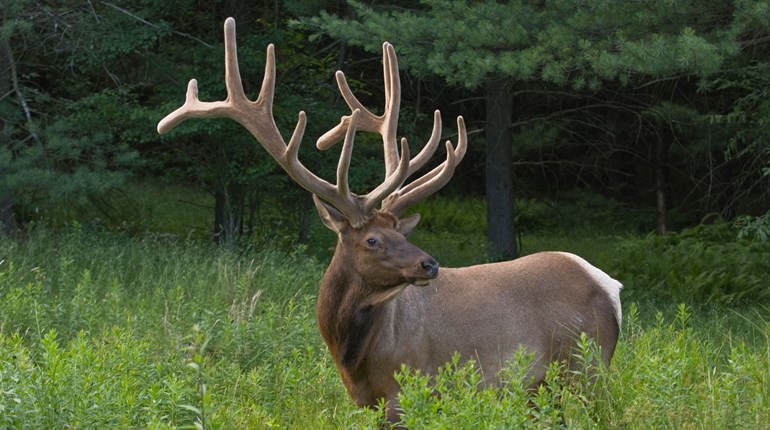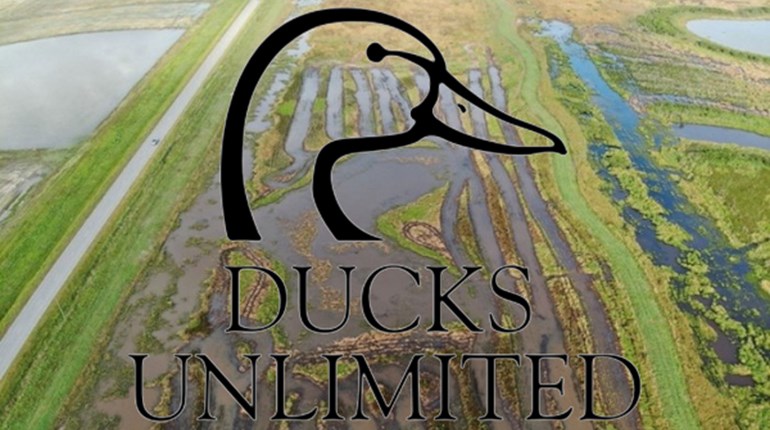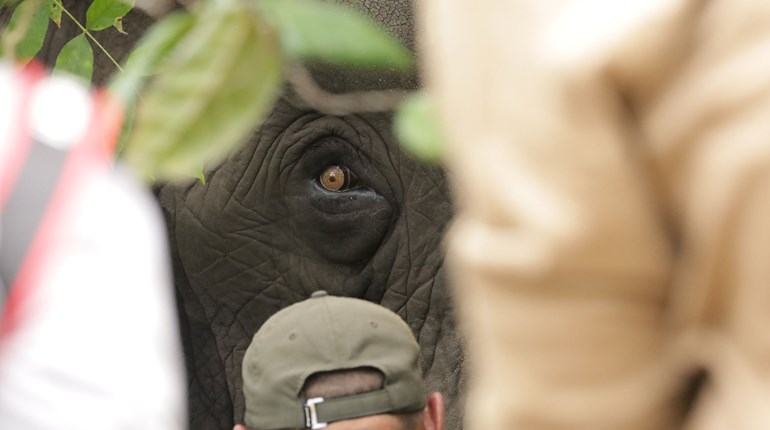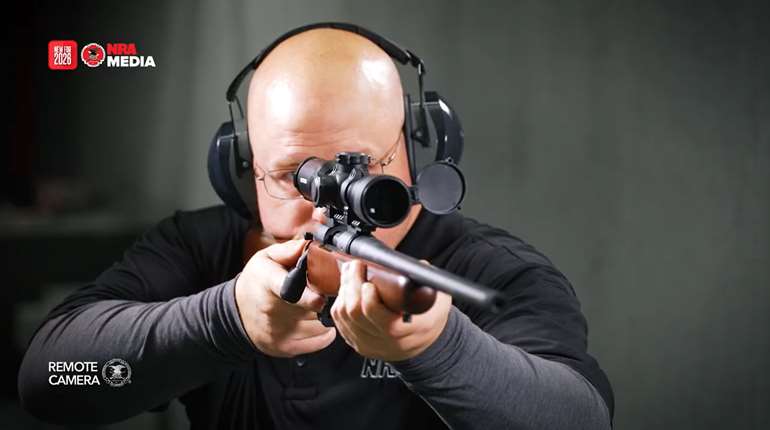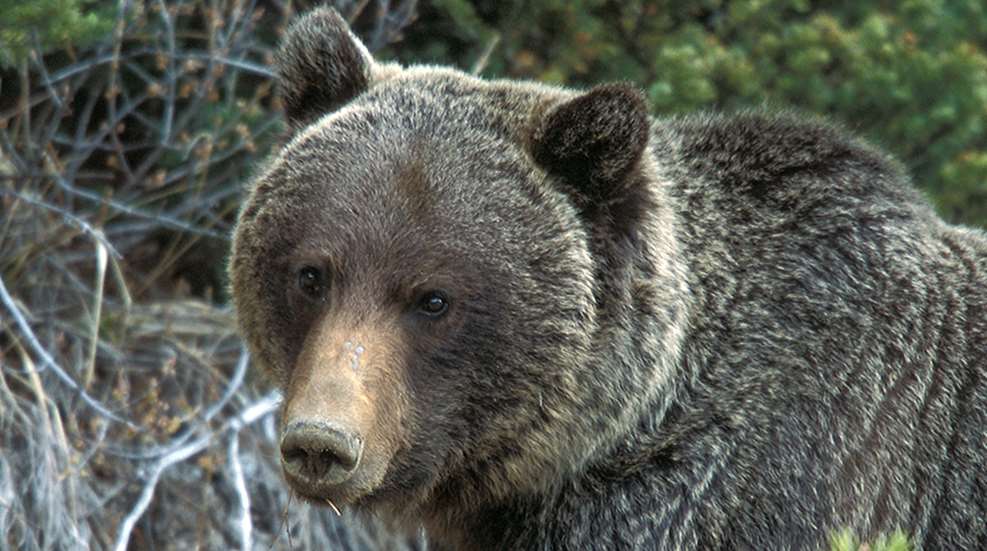
When U.S. district judge Dana Christensen ordered that grizzly bears living in the greater Yellowstone area be promptly returned to the Endangered Species List (ESA) last September the judge had moved swiftly to stop Wyoming and Idaho from going forward with controlled hunts (one grizzly tag in Idaho and 22 in Wyoming). “The threat of death to individual bears posed by the scheduled hunts is sufficient” to justify a delay in the state’s hunting seasons, Christensen wrote.
Much of the media heralded the ruling as a conservation success story.
The UK newspaper The Guardian even ran down Jane Goodall, the famed gorilla conservationist, for a quote: “We should not be killing any animals for fun. We should be celebrating grizzlies being alive not rushing to shoot them.”
The U.S. Fish and Wildlife Service (USFWS) has a different take.
“If the Endangered Species Act isn’t allowed to work, if we aren’t allowed to delist a species after helping that species, in this case the grizzly bear, to far exceed set population and other goals,” says Hilary Cooley, USFWS grizzly bear recovery program coordinator, “then the Endangered Species Act will lose public support.”
The ESA, argues Cooley, needs its successes. Without them, landowners, private businesses and local people impacted by the many restrictions that come with a listing will only see the negative side of the ESA.
In this case, hunters and hunter-conservation groups have done a lot to protect the grizzly and to bring back bear populations in Wyoming, Montana and Idaho from near extinction in the Lower 48. People forget that it was actually government programs and bounties that exterminated species such as grizzlies, cougars and wolves from so much of their previous habitat. Regulated hunting didn’t shrink the grizzly’s range in the Lower 48. Actually, one of the first people to publicly call for protections for these bears in the very early 20th century was Outdoor Life magazine’s founder, J.A. McGuire. Since then, sportsmen, gun owners in general (via taxes on their guns and ammo) and hunter-conservation groups have backed and paid a lot for the grizzly bear’s return.
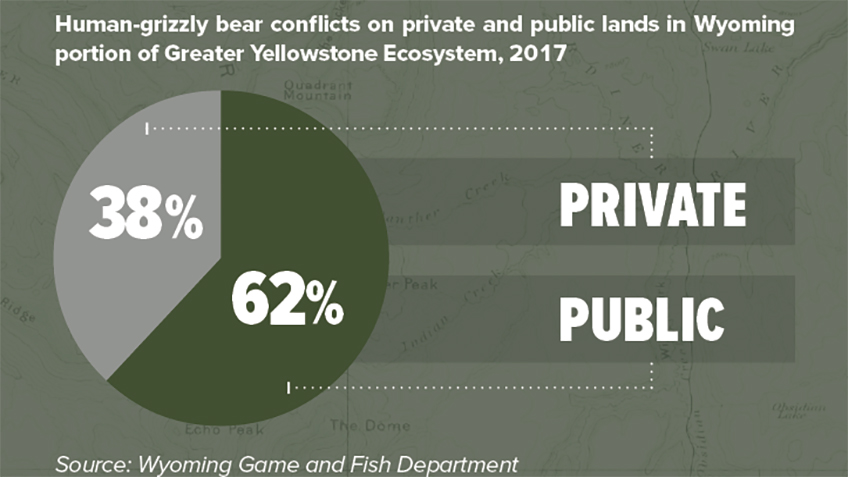
“The grizzly management plans we agreed to with Montana, Wyoming and Idaho,” says Cooley, “allow for a certain amount of bear mortality. Some are hit by cars. Some are killed in defense of life or are killed by authorities as they remove problem bears. If the states want to use hunting as a management tool that targets a specific number of bears that doesn’t exceed these agreed-to mortality numbers, then that is fine with us.”
Cooley says that counting grizzlies only gives them estimates. The USFWS only counts bears in specific areas and then uses that data to calculate estimates of the bear’s population in a certain area. The USFWS thinks there were about 135 bears left in the Yellowstone management area when the bears first received Endangered status (just after the ESA was passed in 1973). Today, the USFWS says there are an estimated 712 in the Greater Yellowstone management area. They say there are also more than 1,000 grizzlies in the Northern Continental Divide Ecosystem between Glacier National Park and Missoula, Mont.
Those numbers are minimum population estimates, says Cooley. “We know there are more bears than that; in fact, bear populations have been increasing by about 2 percent per year for a long time. Grizzlies have been so successful that the bears have been moving back onto the plains in Montana, which is bringing them into contact with many more people.”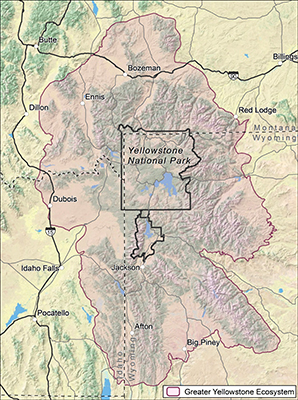
Part of the reason Judge Christensen returned the grizzlies in the greater Yellowstone area back to the ESA is because anti-hunting groups argued in court that the grizzlies’ overall range was once the entire Rocky Mountain West and the central plains, whereas in comparison, grizzlies today occupy only a small portion of that range.
With this historical observation being used as a rationale to relist these bears, it then must be asked what would satisfy these groups. Do they think grizzlies should be returned to Colorado’s Front Range, so the bears can live in the Denver suburbs? Okay, how about any piece of public land outside the Rocky Mountains? It’s a comic thought. Maybe a tragic one. It isn’t just a hypothetical one though, as grizzlies are now increasingly living close to people outside the mountains in the northern Rockies.
The people who live near grizzlies have had to adjust. Bird feeders are out of the question. Garbage must be secured. Some schools have put up fencing around playgrounds. While spending a few days in Montana with Mike Madel, a grizzly bear specialist for Montana Fish, Wildlife & Parks, he showed me barns the bears had broken into to feed on grain or to prey on livestock. He also showed me where various people were attacked by grizzlies near homes.
About a week before Judge Christensen stopped the hunt, on Sept. 14, 2018, an elk hunting guide was killed by a grizzly and his client was injured in Wyoming. Wyoming game managers quickly found and euthanized a grizzly and her cub after forensic analysis confirmed they were behind the attack.
“Despite the problems most local people like that the bears are here,” said Madel. “What they don’t like is when they can’t do anything about problem bears. That’s why people like me are here. A hunt would also help, as it would give local people some feeling of control, and it can be used as a tool to manage bear populations that are near people. Hunting also instills a fear of man in bears.”
Madel uses his Karelian bear dog and other nonlethal means to deal with bears that are becoming too habituated to humans or that have become a threat to people or livestock. His last card to play is lethal management.
Cooley also emphasizes that delisting the Greater Yellowstone area population of grizzlies, and at some point those in northwest Montana, is critical because it shows the ESA can and does work. Many now oppose new ESA listings, as they know that once an animal or population is listed it will likely never be delisted, meaning the private-land restrictions and more that come with the listing will effectively be permanent. That is a major disincentive for private landowners to have certain species found on their lands.
Also, if bear populations somehow were to fall below population goals Cooley says it would be easy to relist them. “We could even do so instantly with an emergency action,” she notes.
Right now Judge Christensen’s ruling is under appeal in the 9th U.S. Circuit Court of Appeals.
It will likely take years for this litigation to be worked out. The USFWS has actually been trying to delist this population of grizzlies since 2007.












